PAR-MM401-100μg / 询价
PAR-MM401-500μg / 询价
PAR-MM401-500μgx2 / 询价
Mouse uPAR/PLAUR isoform 1 Protein
Recombinant Mouse uPAR/PLAUR isoform 1 Protein is expressed from HEK293 with His tag and Avi tag at the C-Terminus.It contains Leu24-Gly298 [Accession | P35456-1].
The protein has a predicted MW of 32.92 kDa. Due to glycosylation, the protein migrates to 50-65 kDa based on Bis-Tris PAGE result.
> 95% as determined by Bis-Tris PAGE
> 95% as determined by HPLC
Less than 1EU per μg by the LAL method.
Lyophilized from 0.22μm filtered solution in PBS (pH 7.4). Normally 8% trehalose is added as protectant before lyophilization.
Centrifuge the tube before opening. Reconstituting to a concentration more than 100 μg/ml is recommended. Dissolve the lyophilized protein in distilled water.
-20 to -80°C for 12 months as supplied from date of receipt.
-80°C for 3 months after reconstitution.
Recommend to aliquot the protein into smaller quantities for optimal storage. Please minimize freeze-thaw cycles.
The receptor (u-PAR) for urokinase plasminogen activator (u-PA) is a three-domain protein, GPI-anchored to the cell surface, which focuses the enzymatic activity of u-PA, and allows the cell surface activation of plasminogen.Regulation of the activity of u-PA is also mediated by u-PAR.
U-PAR; uPAR; CD87; PLAUR; MO3; UPAR
(1) Blasi F. The urokinase receptor and cell migration. Semin Thromb Hemost. 1996;22(6):513-6. doi: 10.1055/s-2007-999053. PMID: 9122717.






